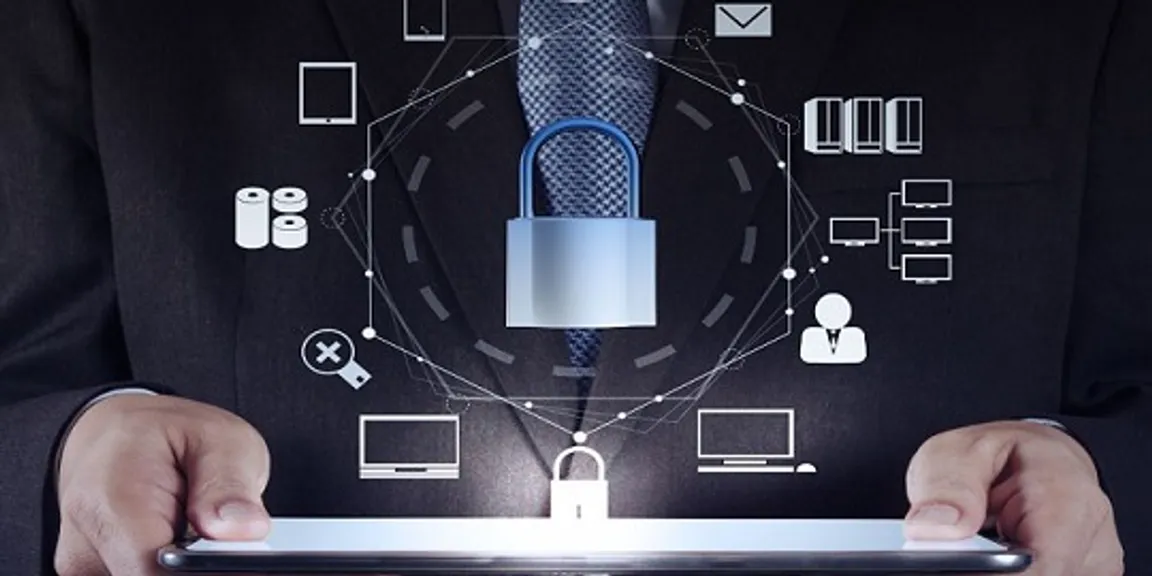

6 Basic Network Security Practices You Should Follow
When it comes to securing your network, you don’t need to start with a billion dollar project with numerous penetration tests, substantial network audits, extensive upgrades of operating systems and setting up costly security appliances.
When it comes to securing your network, you don’t need to start with a billion dollar project with numerous penetration tests, substantial network audits, extensive upgrades of operating systems and setting up costly security appliances. You can do all these practices when you have a budget and staff, otherwise there are some basic network security practices that help in securing your network from potential vulnerabilities. So, are you ready to create the basis of a robust security program by following these 6 practices?
1. Keep Operating System Patches Up-to-date
When it comes to keeping operating system patches up-to-date, it might seem like a simple thing to do. But, it still got neglected, even in large firms. The major purpose of highlighting the word ‘patches’ here is to create an awareness regarding the significance of updating all operating systems, not only Windows. With the help of available tools, you have to set a regular Windows patch schedule and automate it. It doesn’t matter, whether you do it weekly or on a monthly basis. The point is that it’s systematic.
Don’t forget all other operating systems that are running on the network. You have to keep updating and track of the software running on network devices like firewall, routers, switches, and any server used for specialized end-user cases such as Linux-based OS.
2. Use Endpoint Virus Protection For Your PC
Have you remembered that endpoint virus protection was a bear to run due to how resource intensive it was on the local computer. Now, this is not the case anymore. It becomes very easy that a malware sneaks in to networks through random web browsing and emails. So, you have to provide endpoint virus protection as part of the meaningful security program.
3. Provide Least Priviliges To The End-Users
Just keep it in mind that not all attack vectors are external to your network. You have to keep things secure internally, too. For this, you can prefer assigning limited privileges to the end-users to perform their job duties. This is the best way to create another protection layer against accidental or malicious access to prohibited resources, copying and sending unauthorized information and deletion of important files.
4. Make Sure You Have Centralized Authentication System Installed
When it comes to using individual or shared passwords to access company data and resources, it might lead to a security breach. Instead, you can prefer using a 802.1x authentication and a centralized user database, like Windows Active Directory to restrict what company resources users can access and to lock down connectivity. You can apply this to almost any resource, including computers, building access to hide what is my IP location and file shares.
5. Install Regular Software For Monitoring & Logging
When it comes to network monitoring and logging, it could be quite expensive due to the cost associated with the licensing and hardware required to review and store huge amounts of data. So, here the best option is to look for some software options. Most of the network devices don’t have much built-in tools for monitoring and logging, so getting help from just a basic software would be a great help. Moreover, if you want to create network baselines to track traffic trends required to right-sized network designs and to find out anomalous behavior, it’s very helpful. Or else, when it comes to performing a service desk root cause analysis or investigating a security breach, even basic logs are expensive.
6. Improve Physical Security
It can’t be wrong to say that the company’s network devices, servers and other sensitive infrastructure equipment must be in locked doors. But, this isn’t happening, particularly in small firms where there’s a culture of trust. In such organizations, you’ll see the entire server rooms are unlocked and easily accessible by anyone passing by. Here physical security refers to installing biometric scanners to create secure data centers along with the hidden cameras. However, at the initial stage you can lock all the server rooms and network center doors. You should change the locks if there’s something suspicious. In addition, you should disable ports that aren’t allotted to a workstation, verified network device or printer as it’s the best way to prevent outsiders from plugging their devices into the corporate network.




